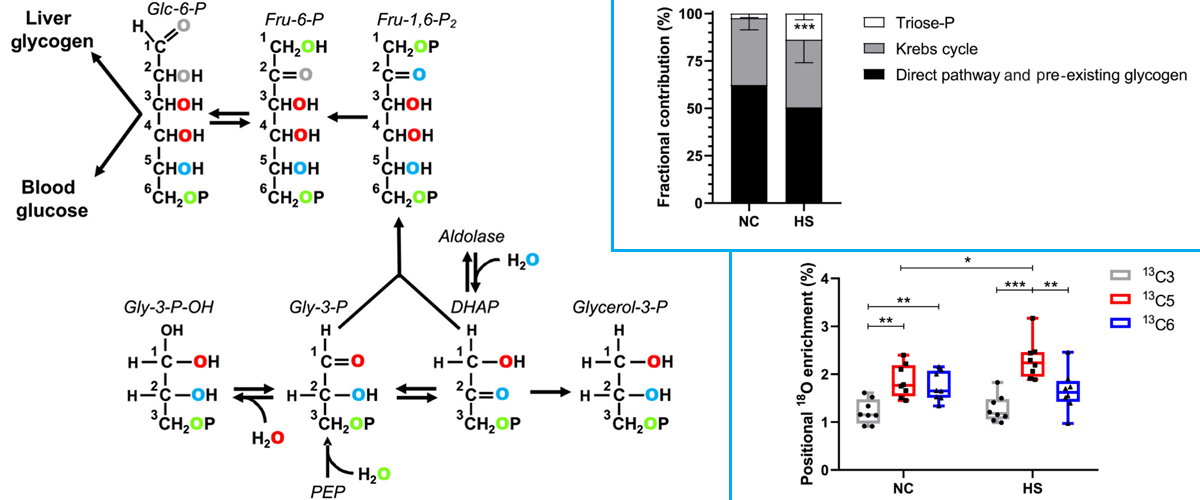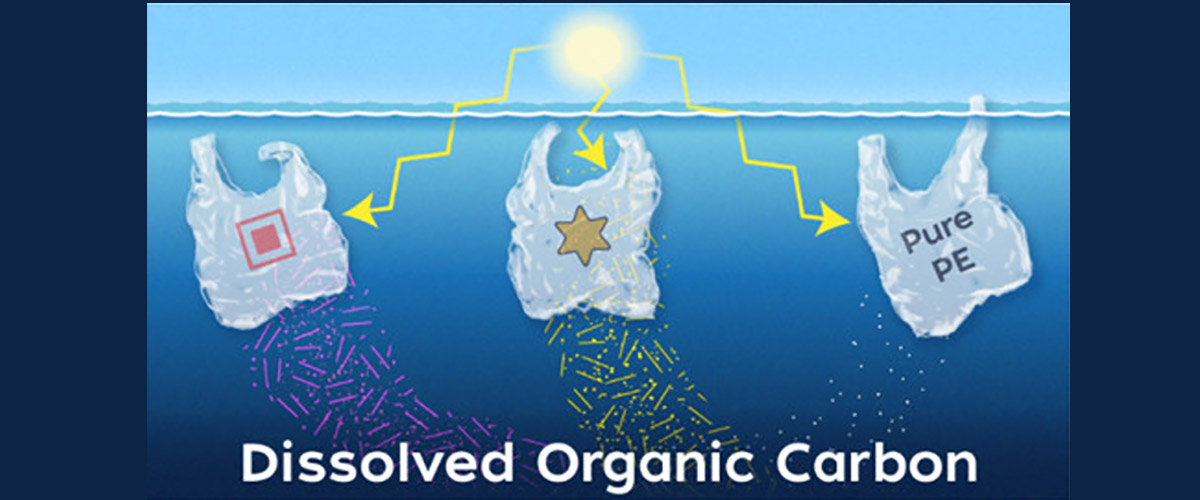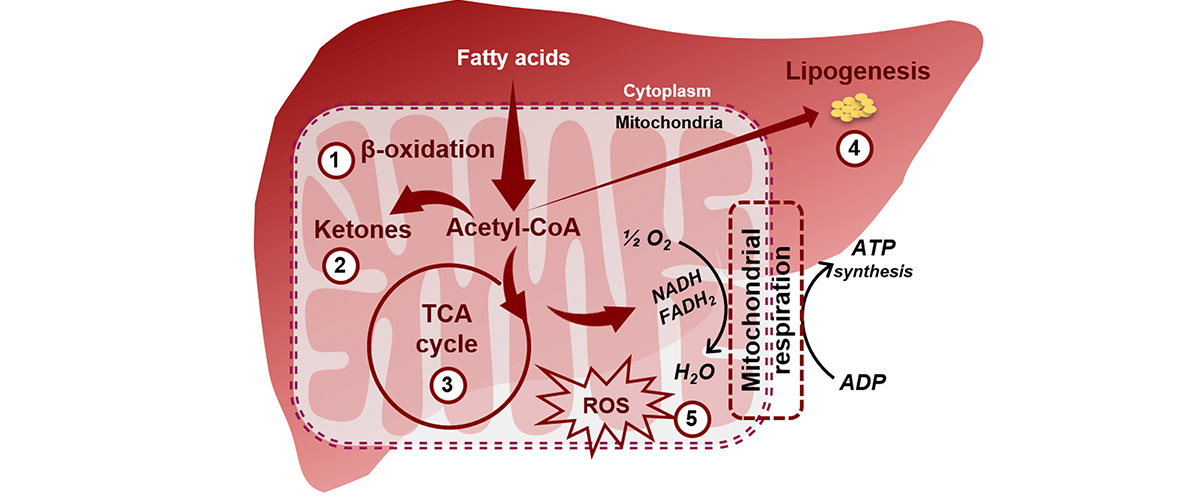What did scientists discover?
Deuterated water (2H2O), which is composed of heavier hydrogen isotopes than ordinary water, is often used to ‘label’ glucose molecules for studying metabolic function of the liver. However, deuterated water causes some chemical reactions to occur at different rates than normal water, which can distort data gathered in this way. 18O-water (H218O) uses a heavier oxygen isotope instead and does not affect chemical reactions in the same way. Here, researchers demonstrated that 18O-water can be used to examine metabolic functions in much the same way as deuterated water, but without interfering with chemical reactions or resulting in distorted data.
Why is this important?
Beyond altering metabolic readings, deuterated water is toxic and can harm an organism. If 18O-water can replace deuterated water for this kind of screening, the process would become both more accurate and safer. This study marks the first time 18O-water has been used to assess metabolic pathways in animal models. While 18O-water is expensive and requires specialized equipment to detect labeled molecules, this experiment is an important proof-of-concept that may pave the way for more advanced metabolic assessment techniques in the future.
Who did the research?
Margarida Coelho1, Rohit Mahar1, Getachew D. Belew1, Alejandra Torres1, Cristina Barosa1, et al.
1University of Coimbra; 2University of Florida
Why did they need the MagLab?
18O-water is not directly detectable by nuclear magnetic resonance (NMR) spectroscopy, however, 18O atoms do impact how glucose appears on NMR spectroscopy, but only very slightly. A novel chemical process was used here to magnify the effect of the 18O by nearly 100x, allowing it to be detected by the highly-sensitive 18.8T cryoprobe using NMR spectroscopy equipment provided by the MagLab.
Details for scientists
- View or download the expert-level Science Highlight, Enrichment of hepatic glycogen and plasma glucose from H₂18O informs gluconeogenic and indirect pathway fluxes in naturally feeding mice
- Read the full-length publication, Enrichment of hepatic glycogen and plasma glucose from H₂18O informs gluconeogenic and indirect pathway fluxes in naturally feeding mice, in NMR in Biomedicine Data Set
Funding
This research was funded by the following grants: G.S. Boebinger (NSF DMR-1644779); M. Merritt (NIH DK105346 and DK132254); M. Coelho (ESF PD/BD/135178/2017)
For more information, contact Joanna Long.






